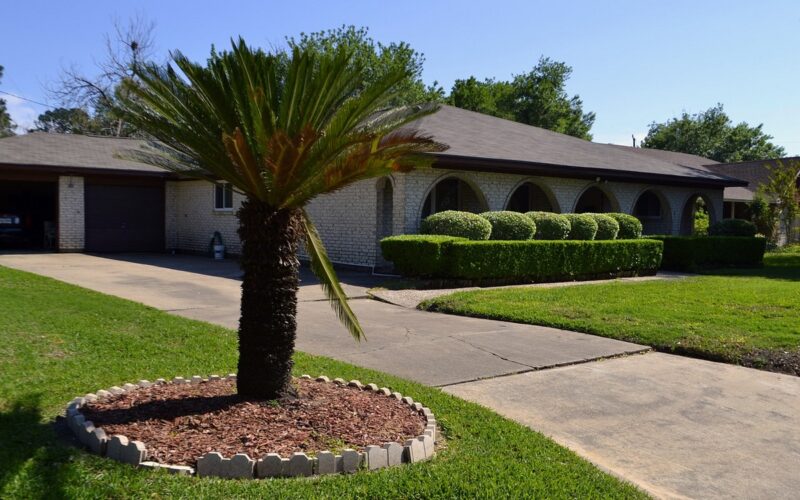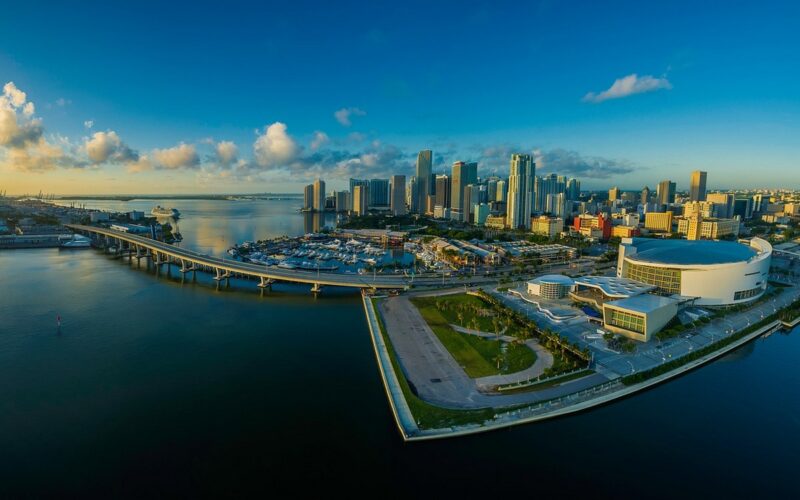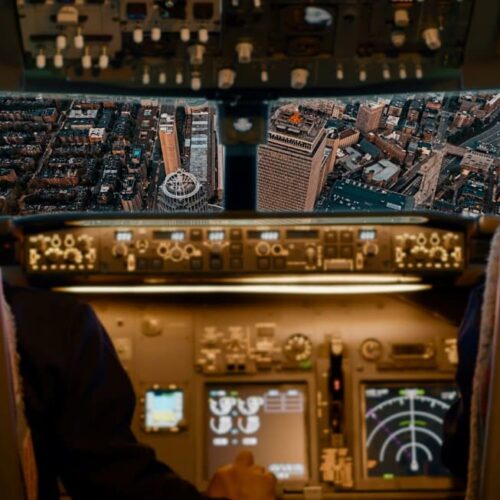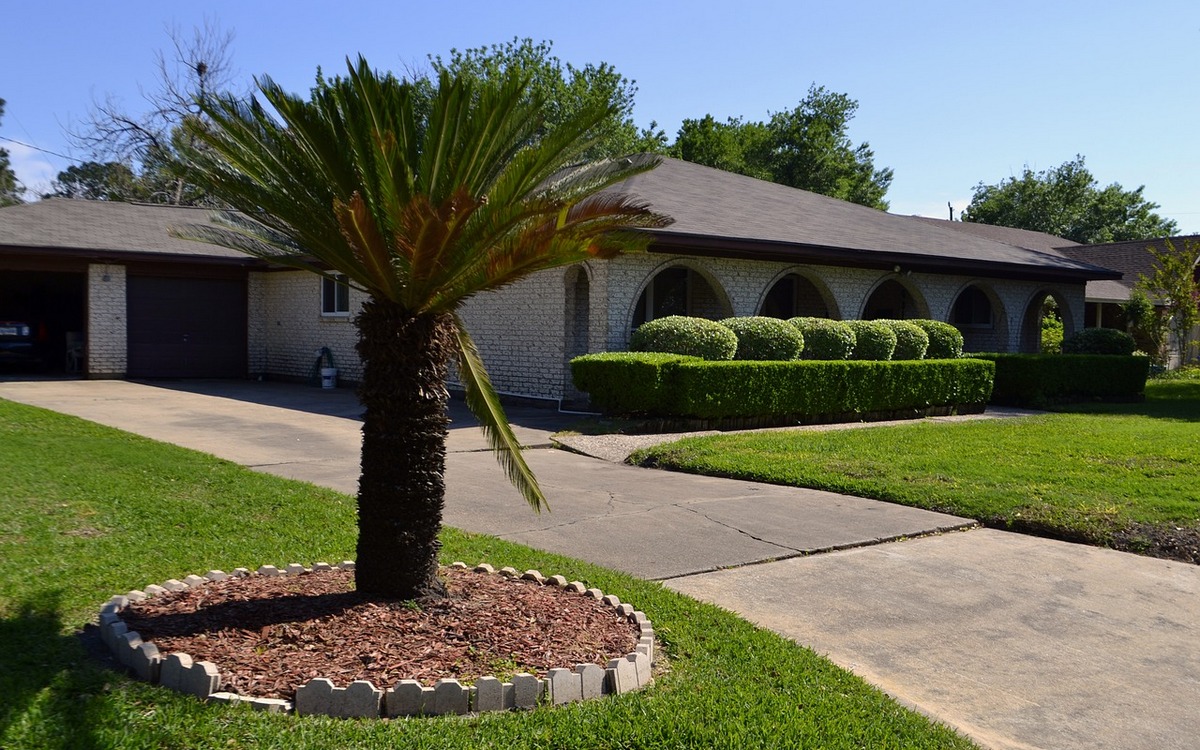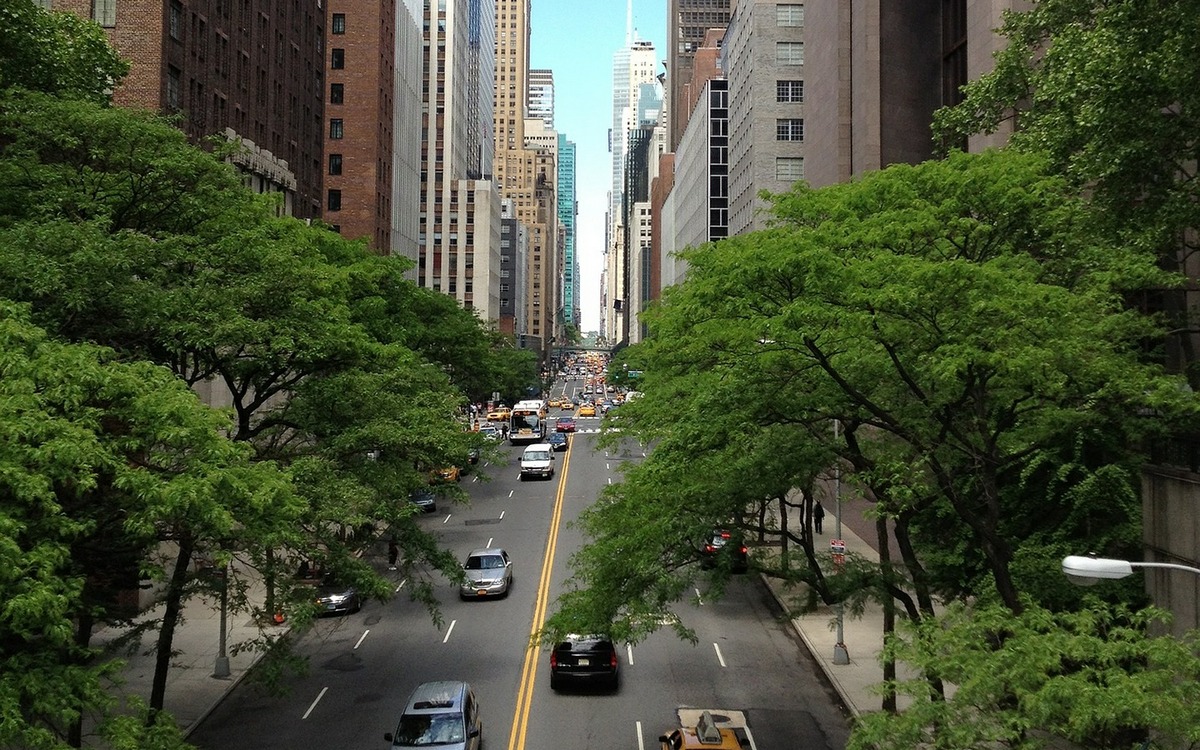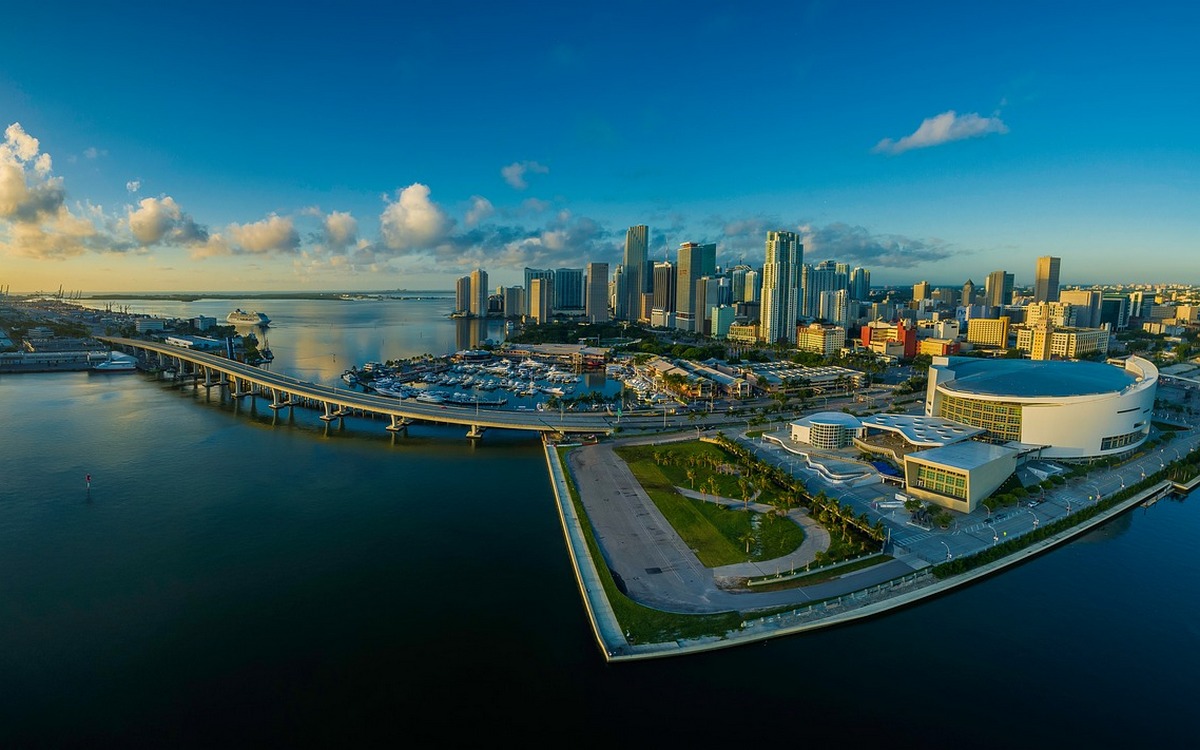Urban design isn’t just about aesthetics – it’s about shaping how we live, move, and interact. Across the UK and Europe, the principles championed by firms like Hamilton-Baillie Associates have led to a quiet revolution in how towns and cities manage public space. One concept in particular – shared space – has challenged the traditional […]
City Beautification
business blog
How aviation simulators help design safer city streets
When we hear the phrase aviation simulator, the first things that come to mind are pilot cockpits, crew training, and flight imitation. However, these hightech tools are increasingly finding applications beyond aviation. One vivid example is the game Avia Masters, which combines elements of realistic control, quick reaction, and working under stress. That is why […]
How to Grow Your Landscaping Business to a Million Dollars a Year
Growing a landscaping business takes more than just hard work and good tools. If you’re aiming to reach one million dollars in yearly revenue, you’ll need to build a strong foundation, focus on your best services, and attract the right clients. You don’t need to do everything at once or spend a fortune on big […]
How to Boost Your Asphalt Business with One Simple Service
If you’re already in the sealcoating and crack filling business, there’s a simple add-on that can bring in more money without extra travel. It’s a great opportunity for anyone running an asphalt maintenance service, especially if you’re already visiting driveways and parking lots. This method is easy to learn and doesn’t require big changes to […]
Best Cities for Major Esports Tournaments
ESports are rapidly gaining popularity around the world. And some cities are becoming centers of the new industry. Cyber athletes, esports tournaments organizers, and ESports fans are flocking there. New York City Since 2014, New York City has hosted ESL One Series tournaments in the most popular disciplines, including Dota 2 and CS:GO. The risk […]
Top 6 best arenas worldwide for LoL tournaments
It’s hard to believe, but only 15 years ago, eSports tournaments were held only at rare video game shows and, more often, in poorly lit computer clubs. Players fought for ridiculous prizes of a couple thousand dollars, and the audience could find out about the competition only on the forums. Today, LoL is officially the […]
How to make money with knowledge of landscaping and yard improvement
Since 2012, I had to work with all sorts of professional sawyers, mowers and gardeners. I selected professionals - two people, we talked and decided to take action.
Greening of the city
The need for work on the improvement of the city arises steadily, regardless of the time of year. If in summer it is landscaping of the city, in winter instead of landscaping will be relevant removal of snow.
Landscaping as a business
Today, the issue of landscaping and additional landscaping is more relevant than ever. From Western countries came to us the fashion for beautiful gardens with relief and many plants of different types.
How can we make the city comfortable for all city dwellers?
By 2050, 70% of the earth’s population will live in a city. Cities are becoming centers of attraction, and people who move there are looking for more comfortable conditions and higher incomes. They are attracted by the greater opportunities for work and leisure. During the warm season, parks offer opportunities for rollerblading, biking, sunbathing under birch trees, or reading a book on a green lawn. In winter, the parks turn into a big ice rink. Courtyards have playgrounds for children, streets and bus stops are washed in the morning, and public transportation runs until 1 a.m.
Cities produce up to 80 percent of the world’s GDP; they pollute, without purifying, 80 percent of the water that enters their system; they turn 40 percent of the food supplied by rural areas into garbage; and still, natural population growth is negative in most large metropolitan areas. The urban environment is an endless space for conflict: motorists are hindered by cyclists, cyclists by pedestrians, pedestrians by trees.
The world’s megacities are implementing various programs to reduce conflict in the urban environment: reducing the number of cars, landscaping, switching to conversational services, and providing bicycles for a small fee. “Conversational services” allow a person to communicate freely and receive a “human” response. Natural language makes it easier to understand, such services increase accessibility to receiving information services.
Landscaping includes work to improve the safety, attractiveness, aesthetic appearance of the environment on a particular site or facility, while complying with all health and safety and environmental standards. Preparation begins with the definition and study of the geodesic structure of the soil, drafting and planning of the area in compliance with environmental standards. Depending on the customer’s requirements and the estimate for the work to be performed, the technology of land improvement provides laying of all elements of engineering structures, installation of irrigation and lighting systems, elimination of relief defects, as well as, if necessary, – asphalting of the areas. After the completion of technical and engineering activities, the planting of trees, flowers, shrubs and lawns in accordance with the terms of the project.
Today, many construction projects are put into operation every day, and new private homes are built that need additional work to improve the area.

